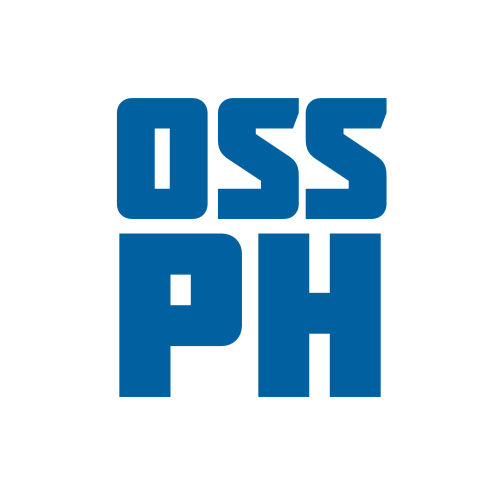Get Good with Git: Part 7 - Best practices for Git
Without proper guidelines and best practices, Git can quickly become messy and confusing. In this blog, we will explore some of the best practices for Git, including commit message conventions, branch naming conventions, keeping repositories clean, and collaborating with others.

Introduction
Without proper guidelines and best practices, Git can quickly become messy and confusing. In this blog, we will explore some of the best practices for Git, including commit message conventions, branch naming conventions, keeping repositories clean, and collaborating with others.
Commit Message Conventions
One of the most important best practices in Git is to write clear and concise commit messages. A commit message should describe the changes made in the commit and provide context for future developers who may need to review or modify the code. To follow this practice, it is recommended to follow the "subject verb object" convention, where the subject describes what was changed, the verb describes how it was changed, and the object describes what was affected. Here's an example:
Refactor login component to use JWT authentication
This commit refactors the login component to use JSON Web Tokens (JWT) for authentication. It replaces the previous authentication mechanism based on cookies and session storage. This change improves security and simplifies the codebase.
Branch Naming Conventions
Another best practice in Git is to use clear and consistent naming conventions for branches. This makes it easier to understand the purpose of a branch and reduces confusion when working with multiple branches. It is recommended to use descriptive names that reflect the purpose of the branch. For example, a branch that adds a new feature could be named feature/add-new-payment-method or a branch that fixes a bug could be named bugfix/fix-login-page. Here's an example of creating and checking out a new branch:
# create a new branch
git branch feature/add-new-payment-method
# switch to the new branch
git checkout feature/add-new-payment-method
Keeping Repositories Clean
A clean Git repository is crucial for maintaining an organized and manageable codebase. This means keeping unnecessary files out of the repository, removing files that are no longer needed, and avoiding committing large binary files that can bloat the repository size. To achieve this, you can use a .gitignore file to specify files and directories that should be ignored by Git. Here's an example of a .gitignore file that ignores files generated by common tools and editors:
# ignore files generated by IDEs and editors
.idea/
.vscode/
*.swp
*~
# ignore build artifacts
/build/
/dist/
Collaborating with Others
Finally, collaborating with others is a fundamental aspect of Git. It allows multiple developers to work on the same codebase without interfering with each other's work. To collaborate effectively, it is important to follow some best practices, such as keeping the master branch clean, using feature branches for development, and regularly pulling changes from other team members. Here's an example of collaborating with others on a feature branch:
# create a new feature branch and switch to it
git checkout -b feature/add-new-payment-method
# make changes and commit them
git add .
git commit -m "Add new payment method"
# push the branch to the remote repository
git push -u origin feature/add-new-payment-method
# create a pull request and wait for review and approval from other team members
Git is a powerful tool that can help you manage changes to your codebase and collaborate effectively with other developers. By following best practices such as commit message conventions, branch naming conventions, keeping repositories clean, and collaborating with others, you can ensure that your Git repository is well-organized, easy to understand, and free from confusion and errors. Remember, Git is not just a tool, it's a mindset. By adopting these best practices and making them a part of your workflow, you can improve your development process and create better software.
In addition to the best practices mentioned above, there are many other ways to optimize your Git workflow. For example, you can use Git hooks to automate tasks such as running tests, linting code, and formatting code. You can also use Git aliases to create shortcuts for common Git commands and save time on typing. Furthermore, you can use Git submodules or Git subtrees to manage dependencies and reuse code across multiple repositories.
Overall, Git is a versatile and powerful tool that can help you streamline your development process and collaborate with others more effectively. By following best practices and exploring advanced features, you can make the most of Git and achieve better results in your software projects.
End of Part 7 of 10

